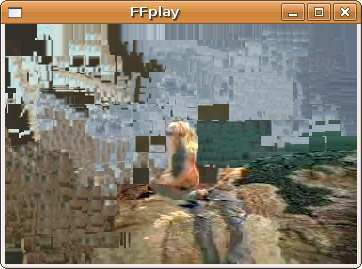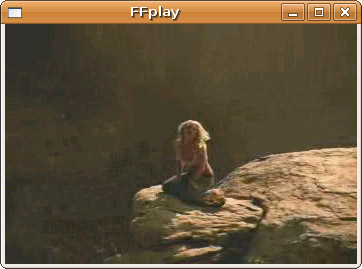I remember when the Mono people first announced the Moonlight project for Linux that would interoperate with Microsoft’s Silverlight. They claimed that Microsoft would release a special binary codec pack that would allow Linux users to play back their proprietary media codecs. However, this codec pack would not be allowed for use in any other application, like FFmpeg or GStreamer. How are they going to enforce that? Or so I wondered. Tonight I learned how.
I started investigating the API of the binary codec pack blobs a few weeks ago. I got as far as figuring out how Moonlight registers the codecs. Then I lost motivation, in no small part because there isn’t that much in the blob that I would deem interesting (perhaps one method for keeping people from sorting out the API). In the comments of the last post on the matter, people wondered if the codec pack included support for WMA Voice, which is still unknown. I can’t find any ‘voice’ strings in the blob. However, I do find references to lossless coding. This might pertain to Windows Lossless Audio, or it could just be a special coding mode for WMA3 Pro. Either way, I’m suddenly interested.
So I looked for interface points in the Moonlight source. Moonlight simply loads and invokes registration functions for WMA, WMV, and MP3. The registration functions don’t return any data that Moonlight stores. Moonlight doesn’t appear to load (via dlsym()) or invoke any other codec pack functions directly. So how can it possibly be interfacing? The only other way the interaction could flow is if the codec pack shared library was invoking functions in Moonlight…
Oh, no… they wouldn’t do that, would they?



